Alphabet Vocabulary
This post, “Alphabet Vocabulary”, explores the history and significance of axes, books, cookies, doors, envelopes, fires, globes, and houses.
No products in the cart.

This post, “Alphabet Vocabulary”, explores the history and significance of axes, books, cookies, doors, envelopes, fires, globes, and houses.
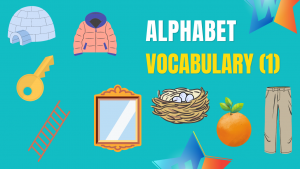
This article, “Alphabet vocabulary (1)”, explores the following objects: igloos, jackets, keys, ladders, mirrors, nests, oranges, and pants.

In this article, (Alphabet Vocabulary (2)”, we will discuss the history and uses of these objects, and see how they have shaped today’s world.

This post, “Alphabet Vocabulary (3)”, explores the history and uses of yoyos and zippers, highlighting their similarities and differences.
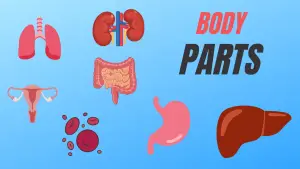
This post explores the following body organs, the lungs, kidneys, reproductive system, intestines, red blood cells, stomach, and liver.
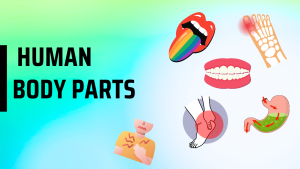
The human body is a complex, fascinating machine, made up of countless, different parts that work together to keep us alive and functioning.

This article, Body Parts (3), discusses the anatomy, function, and common injuries of the shoulders, legs, fingers, and nose

Learn about the anatomy, functions, and common problems of six important human body parts (2): hair, ears, eyebrows, eyes, arms, and knees.

The mouth, hand, belly, elbow, and foot are all essential parts of the human body. This article explores their anatomy and functions.
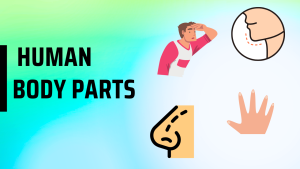
This article, Body Parts (4), discusses the anatomy of the chin and forehead, their problems, and the treatments to cure these problems.
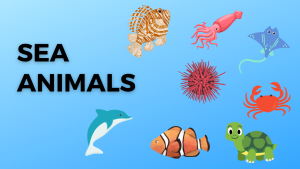
This article, Sea Animals (1) discusses eight sea animals: squid, lionfish, manta ray, sea urchin, crab, turtle, clownfish, and dolphin.
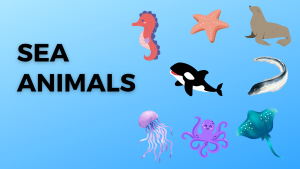
This article, Sea Animals (2) explores sea animals: sea lions, starfish, eels, orcas, stingrays, octopuses, jellyfish, and seahorses.